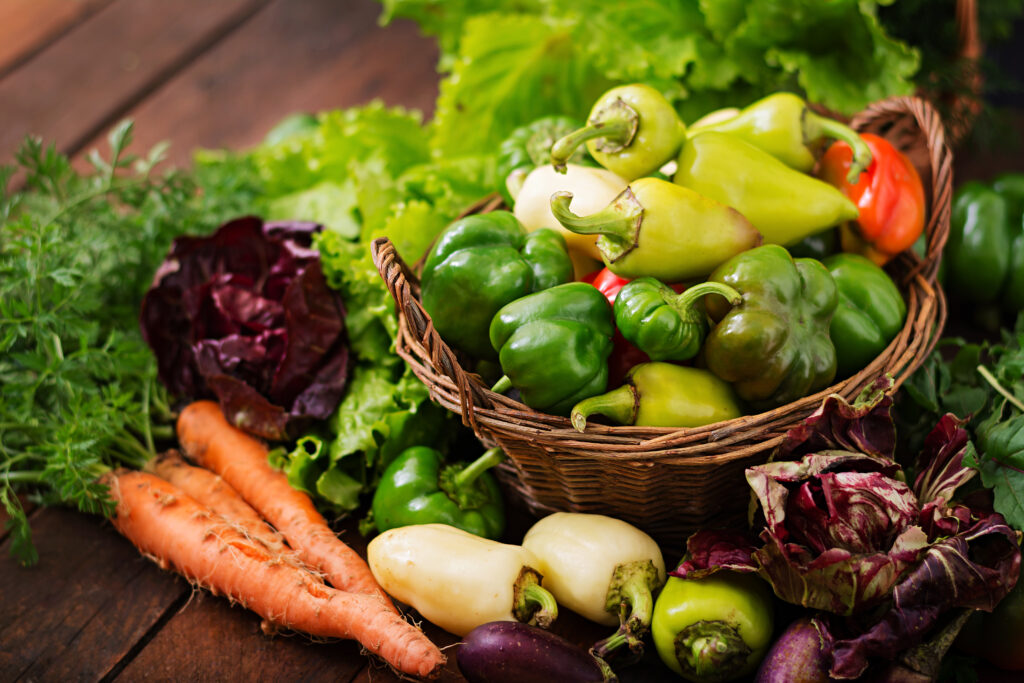Vegetables rely on the sun, which is essential for every garden, but excessive sunlight can transform a flourishing vegetable patch into a wilting disaster. When temperatures rise to uncomfortable levels, plants experience stress, yields decrease, and gardeners face challenges in keeping their crops alive. Fortunately, by employing the right strategies, it’s possible to protect vegetables from the detrimental effects of extreme heat and ensure a fruitful harvest.
Understanding the Impact of Heat on Vegetables
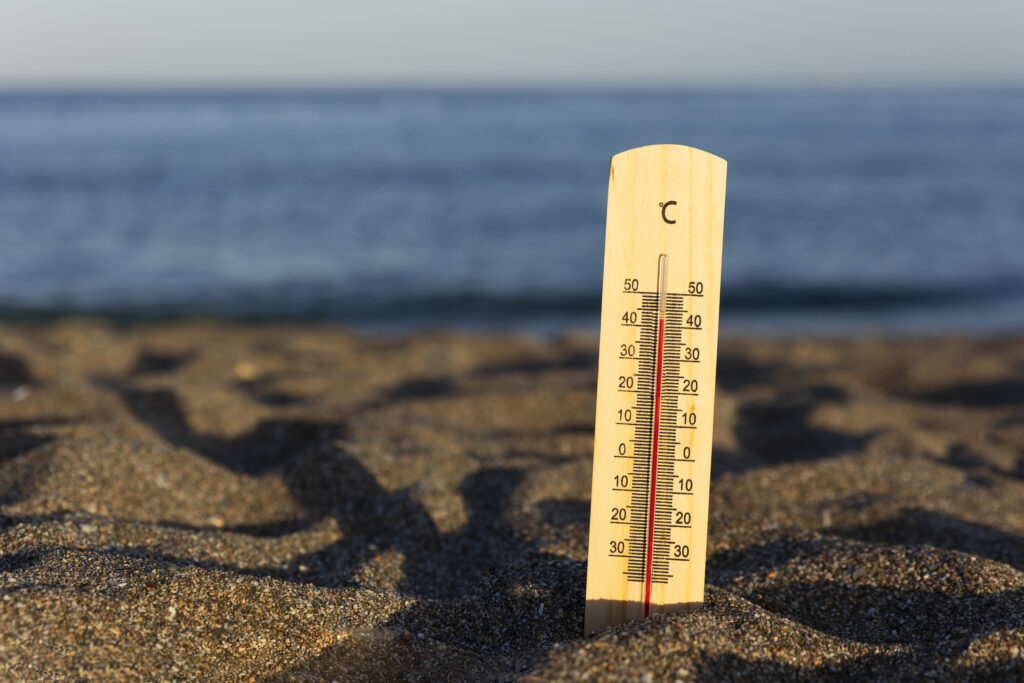
How High Temperatures Affect Vegetables Growth
Vegetables thrive within a specific temperature range, and when the mercury soars past their comfort zone, growth slows or stops altogether. Most crops experience stress when daytime temperatures exceed 29°C, and at 35°C and above, many warm-season plants, including tomatoes and peppers, begin dropping their flowers instead of setting fruit.
The primary culprit is water loss. High heat accelerates evaporation, leaving plants struggling to pull enough moisture from the soil to sustain themselves. Additionally, extreme temperatures can disrupt photosynthesis, causing nutrient deficiencies and stunted growth.
Common Signs of Heat Stress in Vegetables
Heat-stressed plants display several telltale symptoms. Leaves may curl, wilt, or develop brown, crispy edges. Blossoms and immature fruits often drop before they have a chance to mature. In some cases, vegetables like lettuce and spinach will bolt, sending up flower stalks prematurely, which makes the leaves bitter and inedible. Understanding these warning signs early allows for intervention before irreversible damage occurs.
Choosing Heat-Tolerant Vegetables
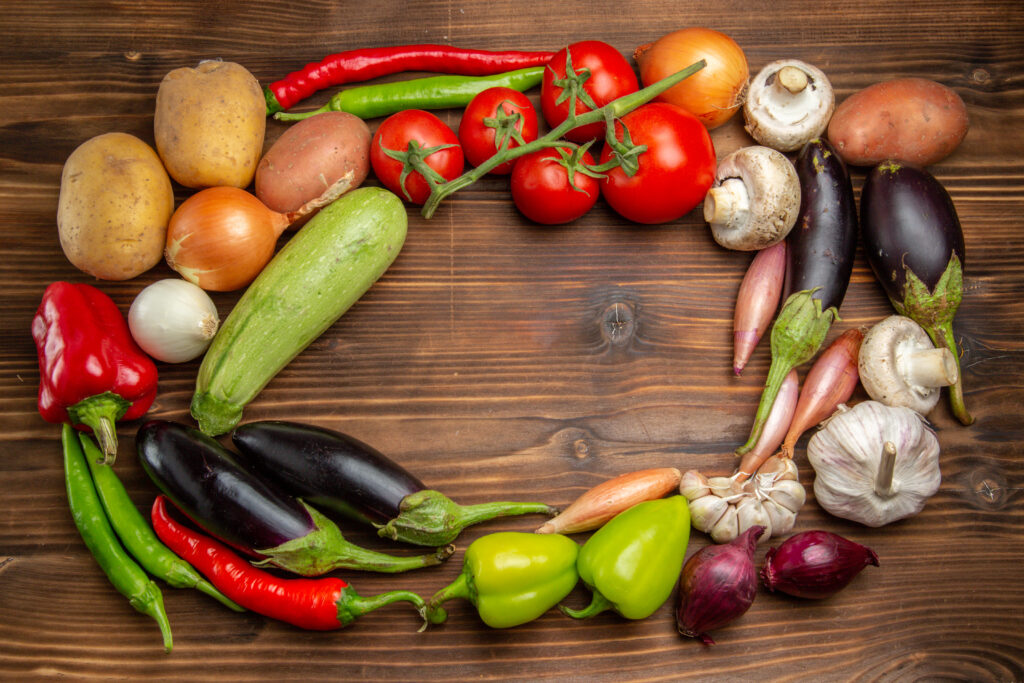
Best Vegetables for Scorching Conditions
Some vegetables are naturally better suited for extreme heat. Crops like okra, sweet potatoes, eggplant, and yardlong beans thrive in high temperatures. Heat-adapted tomato varieties such as ‘Heatmaster’ and ‘Solar Fire’ continue producing even when temperatures soar.
Leafy greens like Swiss chard and Malabar spinach handle heat far better than traditional lettuce, which tends to bolt. Root crops like carrots and beets can survive the heat with sufficient soil moisture.
Companion Planting for Resilience
Pairing heat-sensitive plants with those that provide natural shade can be a game-changer. Tall crops like sunflowers or corn can shield more delicate plants such as lettuce or basil from intense afternoon sun. Nitrogen-fixing plants like beans can improve soil health, helping their companions withstand heat stress more effectively.
Strategic Watering Techniques for Vegetables
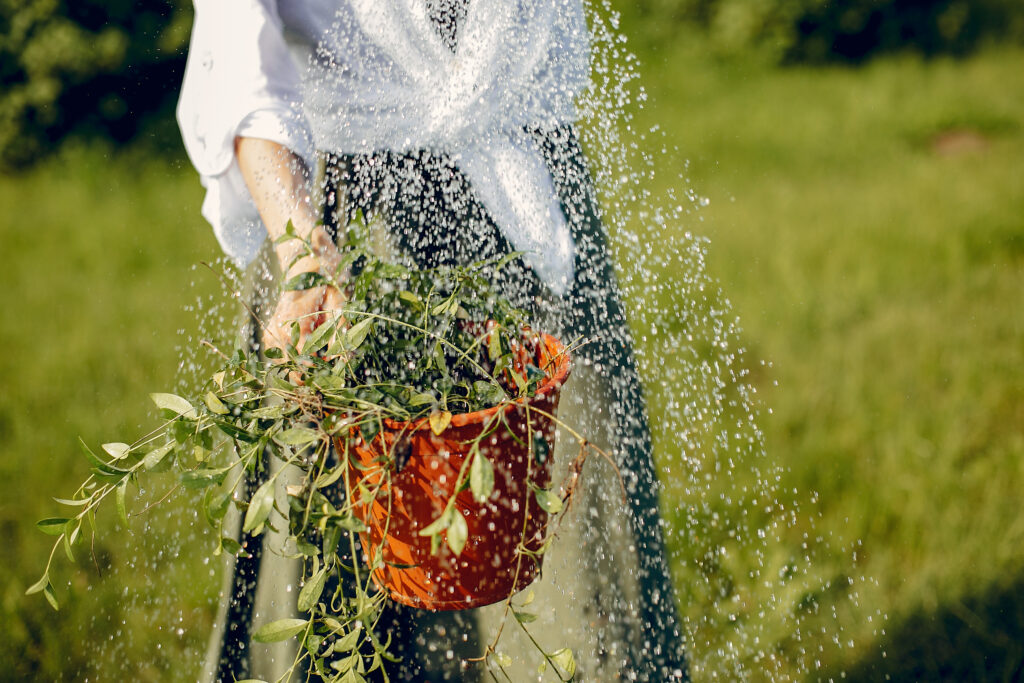
Deep Watering vs. Shallow Watering
A common mistake gardeners make in hot weather is frequent, shallow watering. This encourages weak, surface-level roots that dry out quickly. Deep watering, soaking the soil at least 6 inches down, encourages stronger root systems capable of accessing moisture during dry spells.
Best Times of Day to Water
Watering at the right time minimizes evaporation and maximizes absorption. Early morning, before the sun reaches its peak, is ideal. Watering in the evening can also be beneficial, but excess moisture lingering overnight may invite fungal diseases.
The Role of Mulch in Moisture Retention
A thick layer of mulch acts like a protective barrier, locking moisture into the soil while keeping roots cool. Organic mulches such as straw, shredded leaves, and wood chips break down over time, enriching the soil while reducing water evaporation.
Providing Shade and Cooling Measures for Vegetables
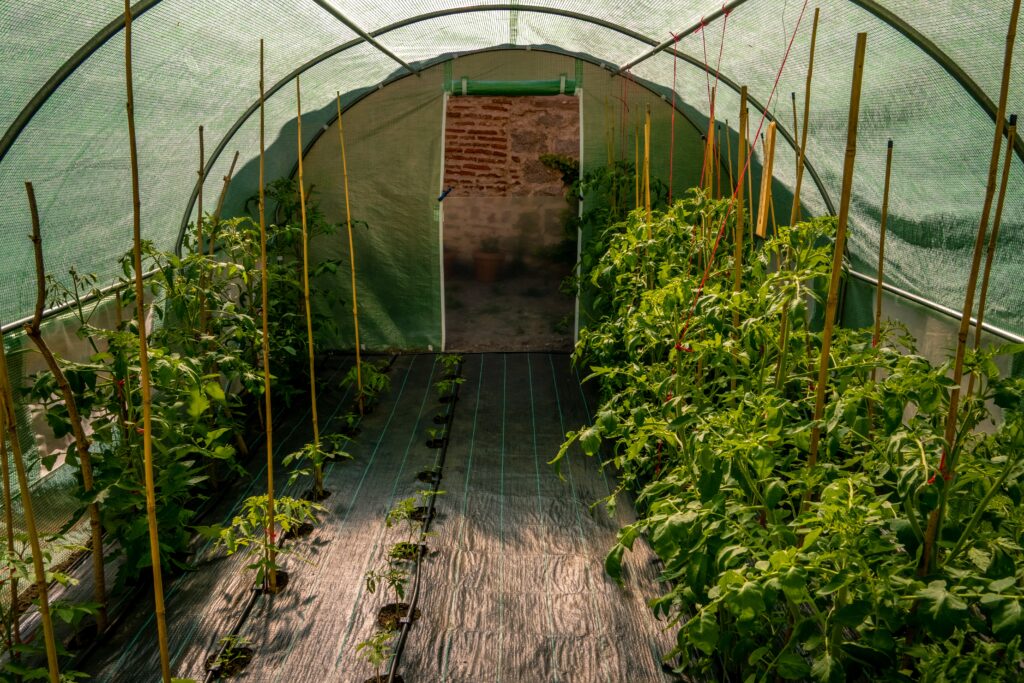
Using Shade Cloths and Row Covers
Shade cloths are one of the most effective ways to reduce heat stress. They filter sunlight while allowing airflow, preventing overheating. Row covers provide similar benefits, shielding plants from the direct sun without completely blocking out light.
Creative DIY Shading Solutions
For a budget-friendly approach, everyday household items like old bedsheets, burlap sacks, or even repurposed umbrellas can provide temporary shade during heat waves. Positioning taller plants or trellises strategically can also create natural shade zones.
The Benefits of Misting Systems
Misting plants during peak heat can help cool the surrounding air, reducing the risk of heat damage. However, misting should be done with caution, excessive moisture on leaves can encourage fungal diseases.
Soil Health and Heat Resilience
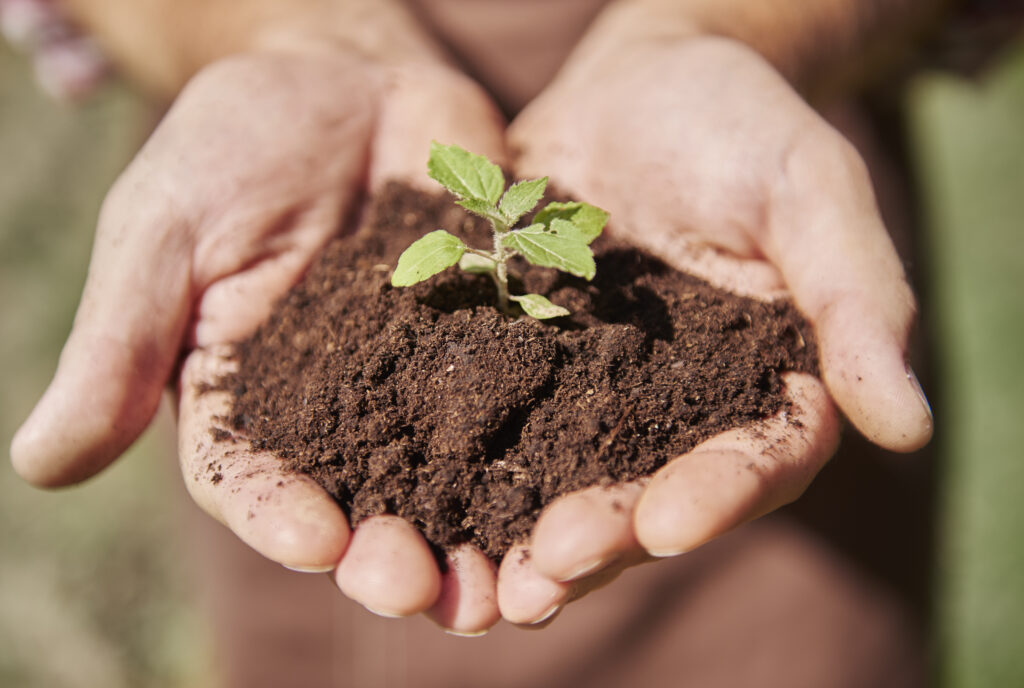
The Importance of Organic Matter
Healthy soil holds moisture more efficiently, giving plants a better chance of surviving high temperatures. Organic matter, such as compost and decomposed plant material, improves soil structure, allowing it to retain water longer.
How Cover Crops Can Regulate Soil Temperature
Cover crops like clover or buckwheat act as living mulch, shading the soil and reducing temperature fluctuations. They also help prevent soil erosion and improve nutrient availability.
Using Compost to Improve Water Retention
Adding compost to garden beds increases the soil’s ability to hold water. Rich in organic material, compost enhances soil aeration and prevents it from drying out too quickly under the summer sun.
Container Gardening and Raised Beds for Heat Control
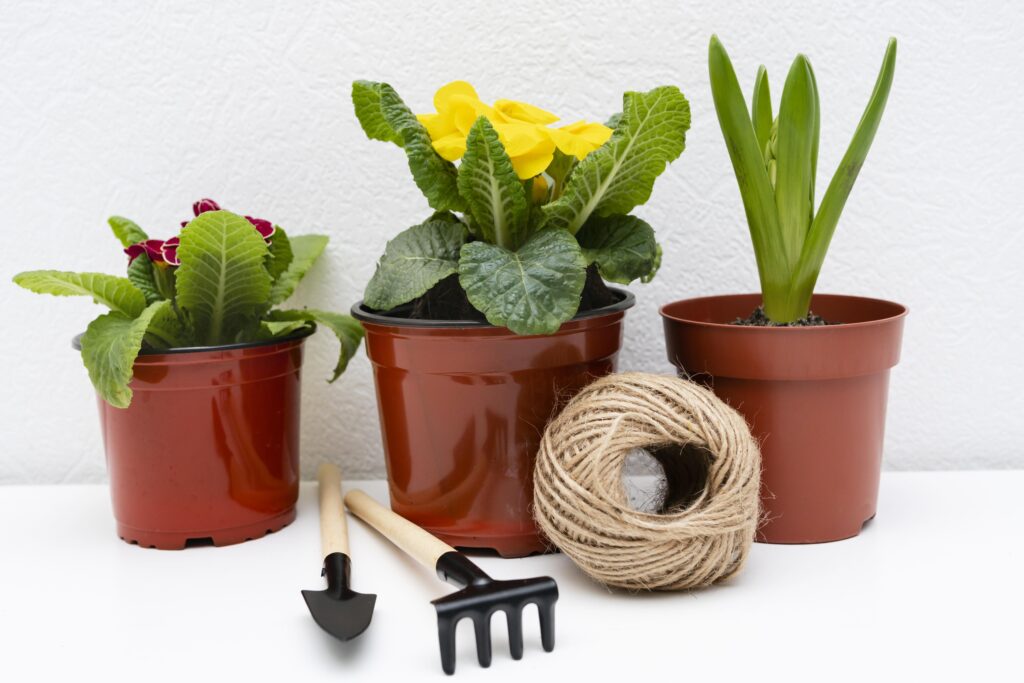
Why Containers Heat Up Faster and How to Counteract It
Containers are more susceptible to temperature fluctuations because they have less soil mass to retain moisture. Dark-coloured pots absorb heat, making them even hotter. Using light-coloured or insulated containers, placing them in partial shade, and watering them frequently can help mitigate heat stress.
The Benefits of Raised Beds in Extreme Temperatures
Raised beds allow for better soil drainage and deeper root growth, both of which help plants withstand high temperatures. Incorporating mulch, shade structures, and drip irrigation further enhances their heat resilience.
Protecting Vegetables from Heat-Induced Pests and Diseases

Common Heat-Loving Pests and How to Deter Them
Hot weather often brings an influx of pests like spider mites, aphids, and whiteflies. These insects thrive in dry conditions, weakening already stressed plants. Neem oil, insecticidal soaps, and the introduction of beneficial insects such as ladybugs can help keep them under control.
Recognizing and Preventing Heat-Related Diseases
Excessive heat and humidity create the perfect environment for fungal diseases like powdery mildew and bacterial wilt. Ensuring proper airflow, avoiding overhead watering, and removing affected leaves promptly can prevent disease outbreaks.
Natural Pest Control Methods
Encouraging natural predators, using homemade sprays like garlic or chilli pepper solutions, and practising crop rotation can help maintain a balanced ecosystem where pests are less likely to take over.
Final Thoughts
Protecting vegetables from extreme heat requires a combination of smart planning, proactive care, and a willingness to adapt. By selecting heat-tolerant plants, optimizing watering techniques, shading crops, and maintaining healthy soil, it’s possible to keep a vegetable garden productive even during the hottest months.
With these strategies in place, scorching temperatures don’t have to spell disaster for your garden. A little preparation can make all the difference between a wilted, struggling patch and a thriving oasis of homegrown abundance.
